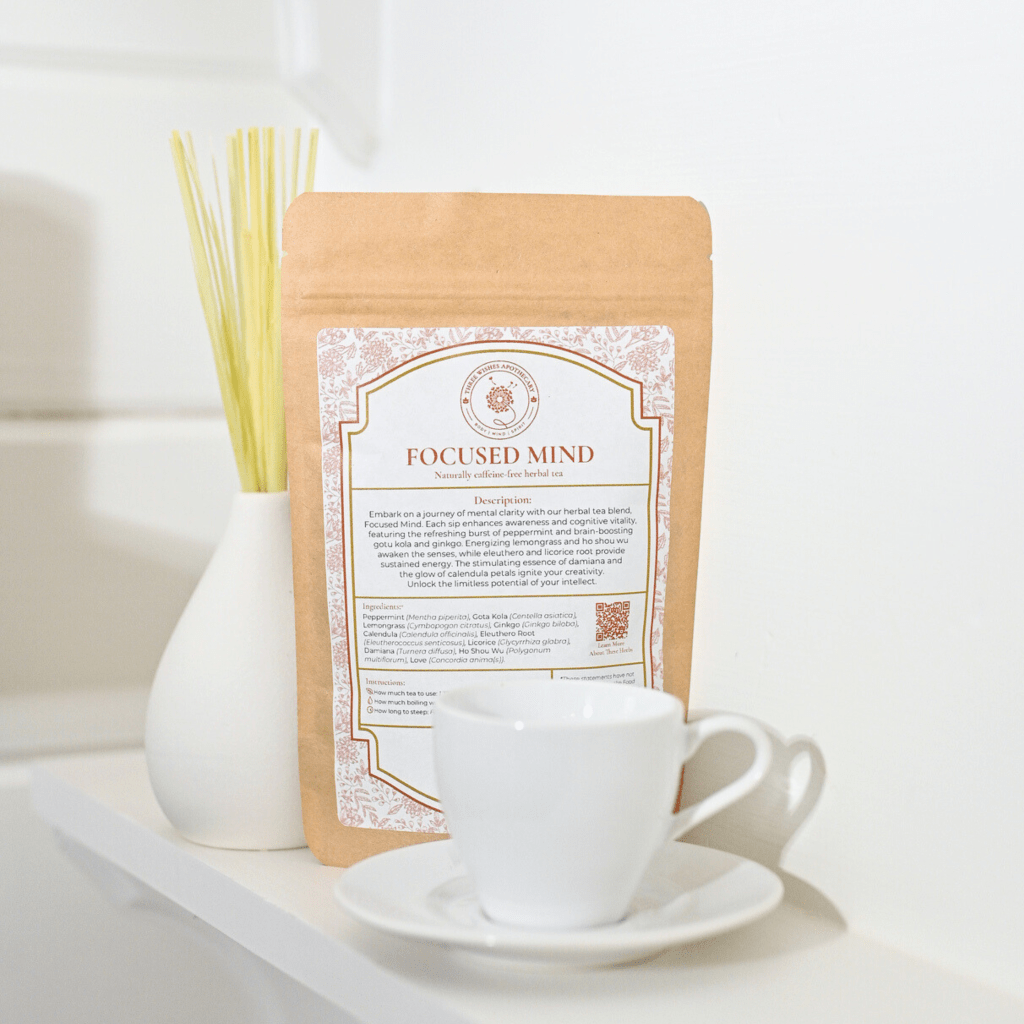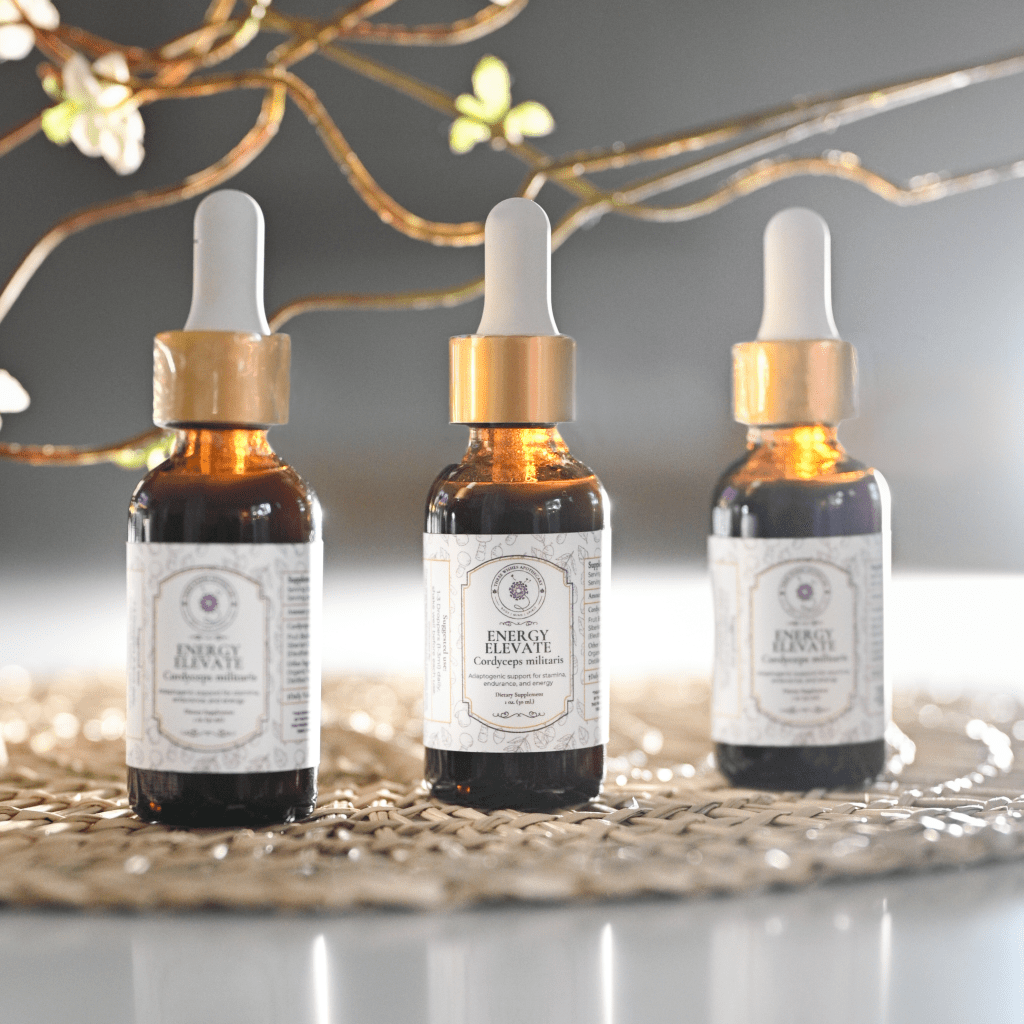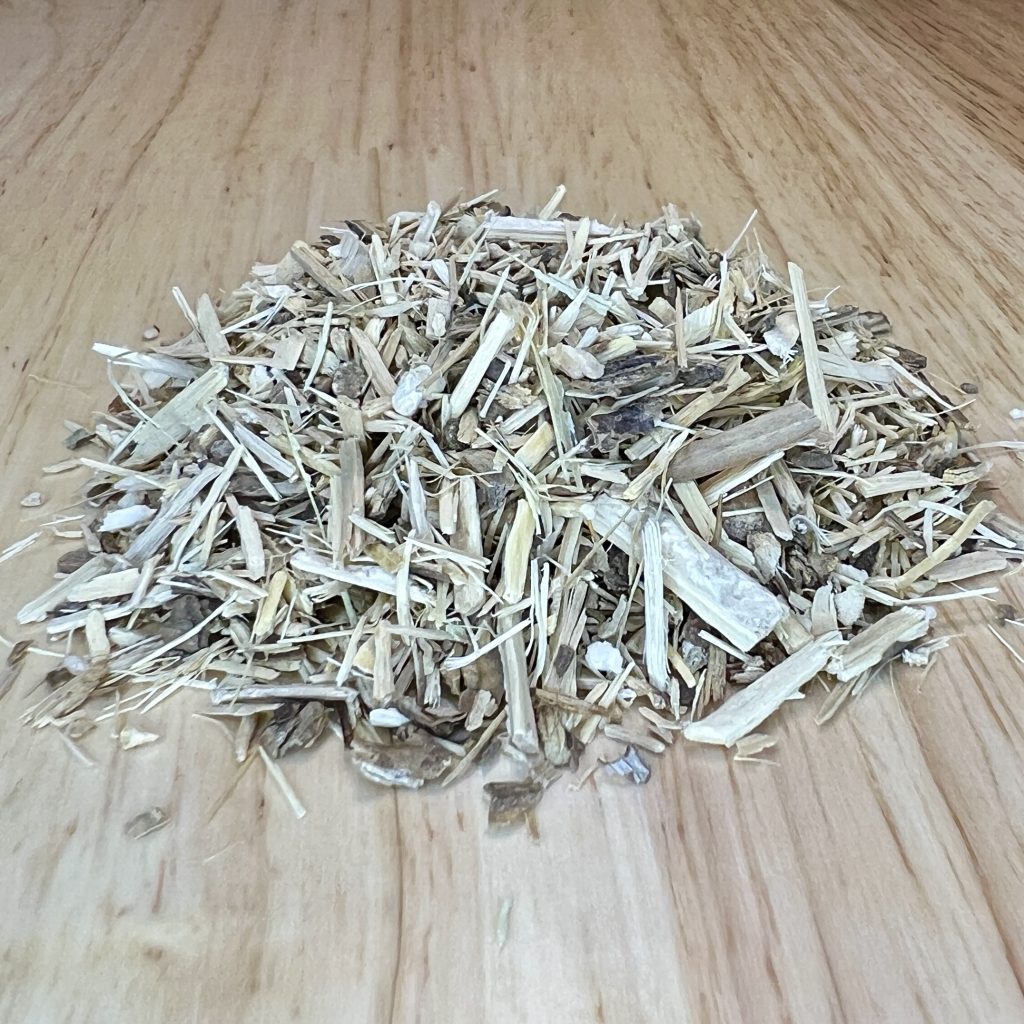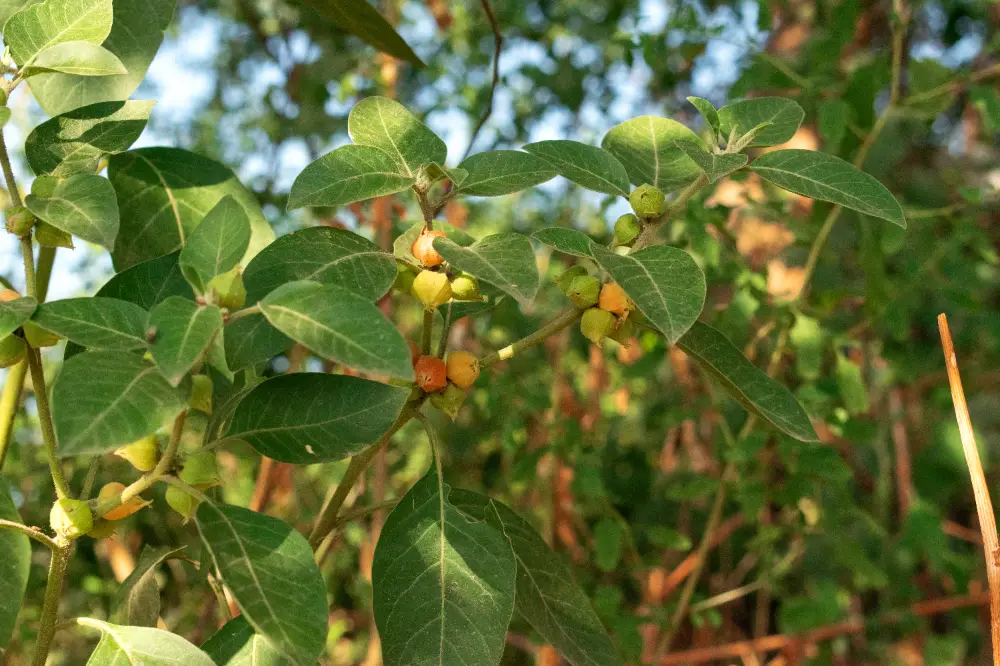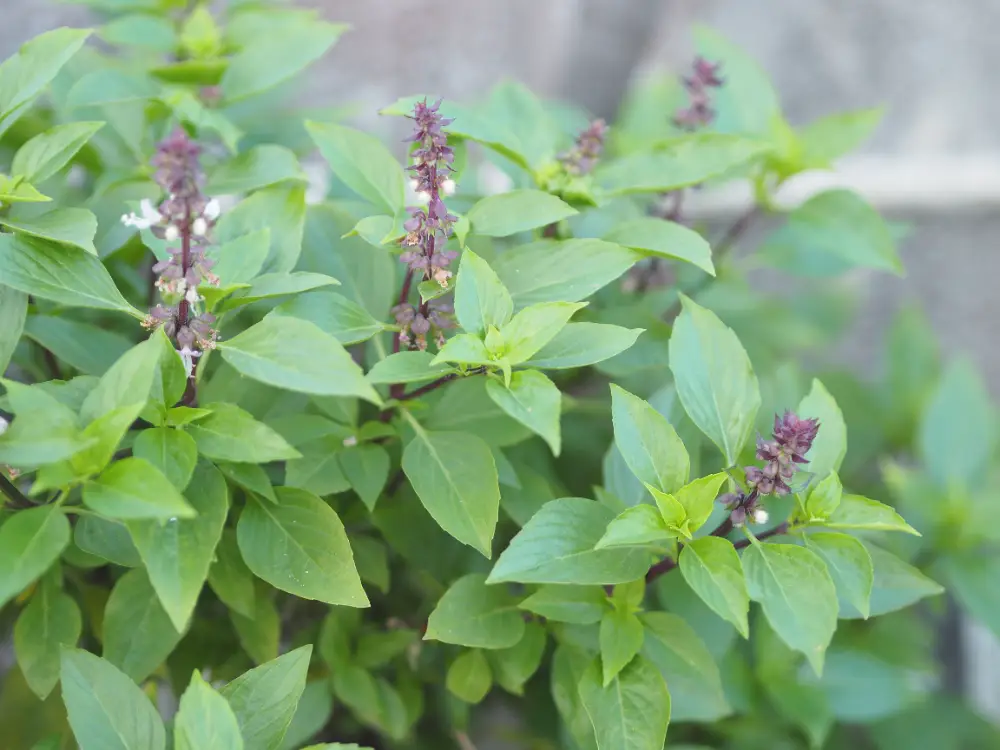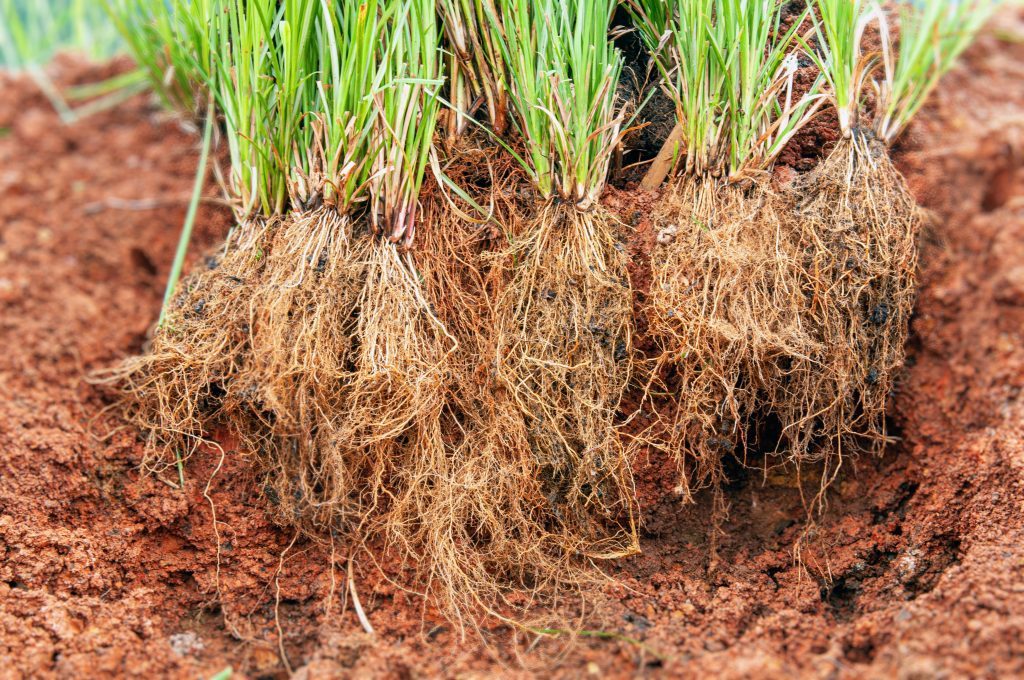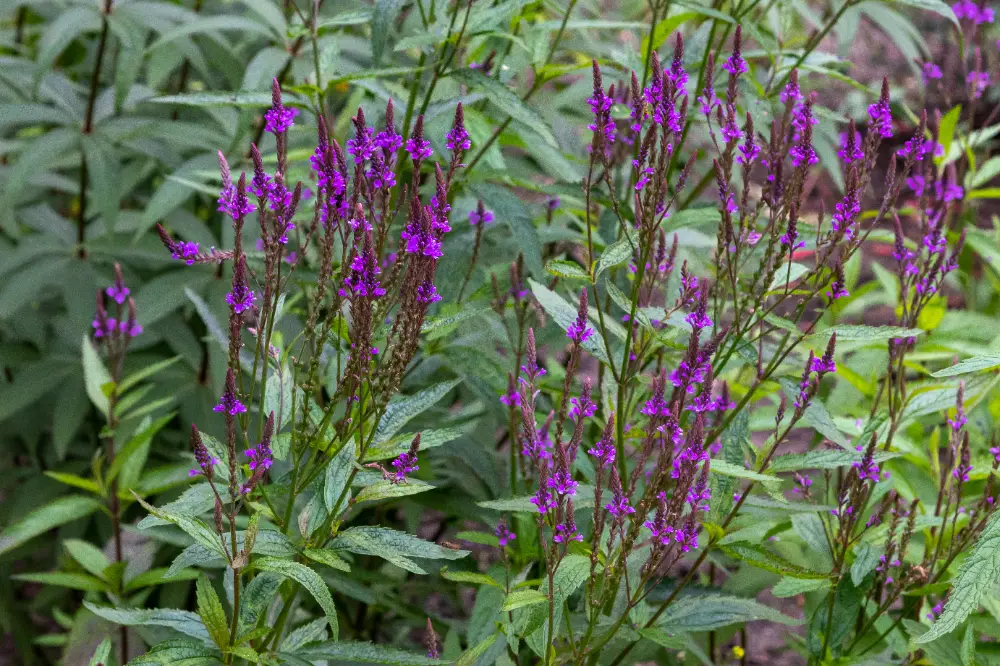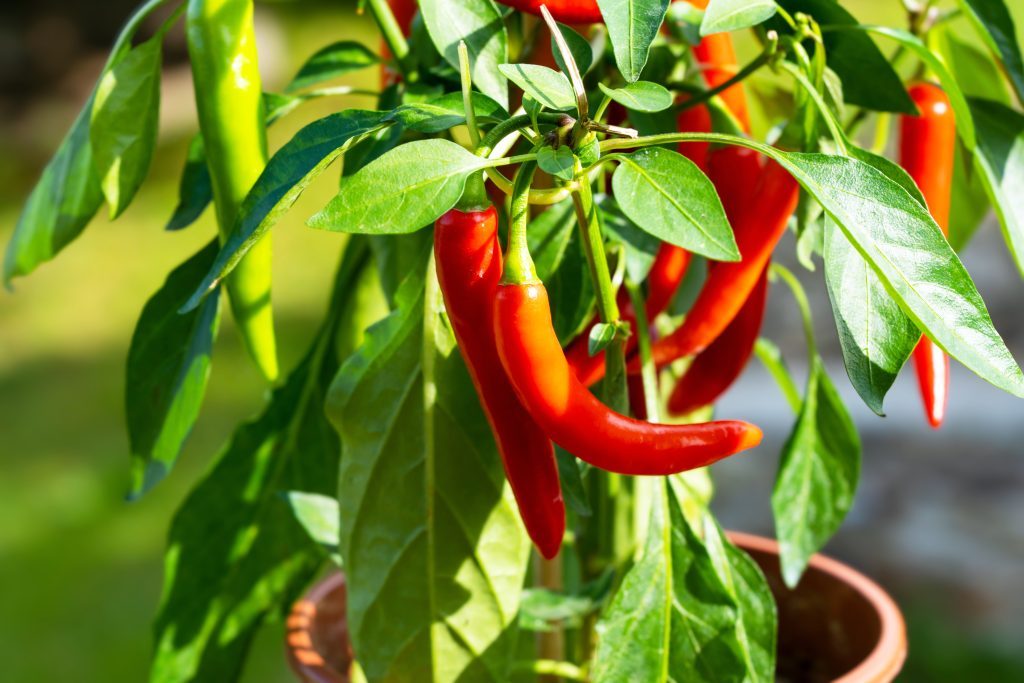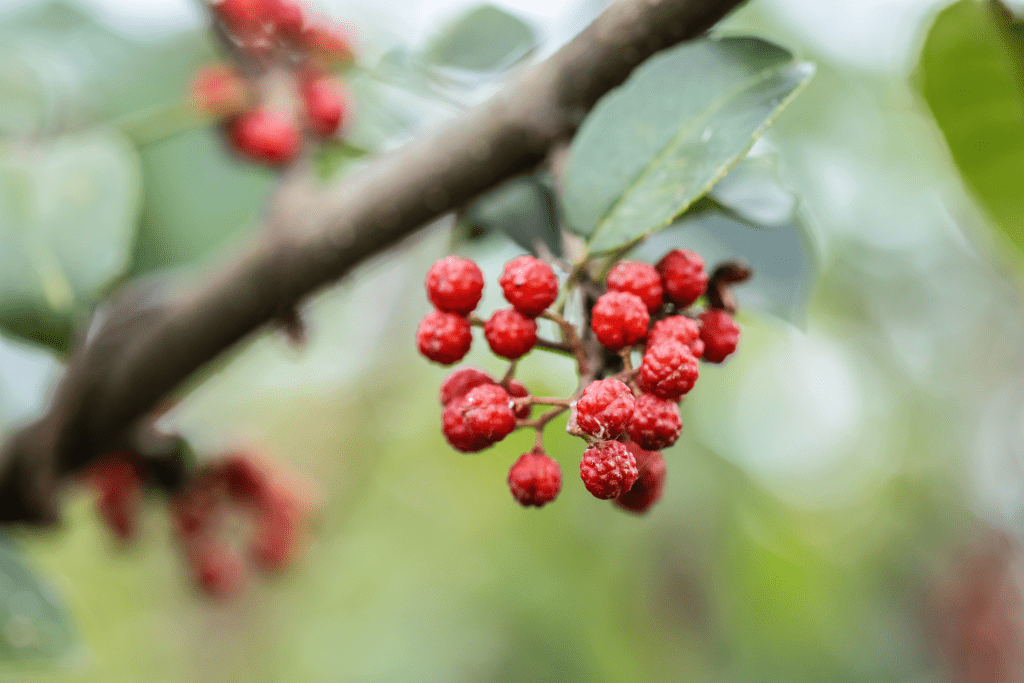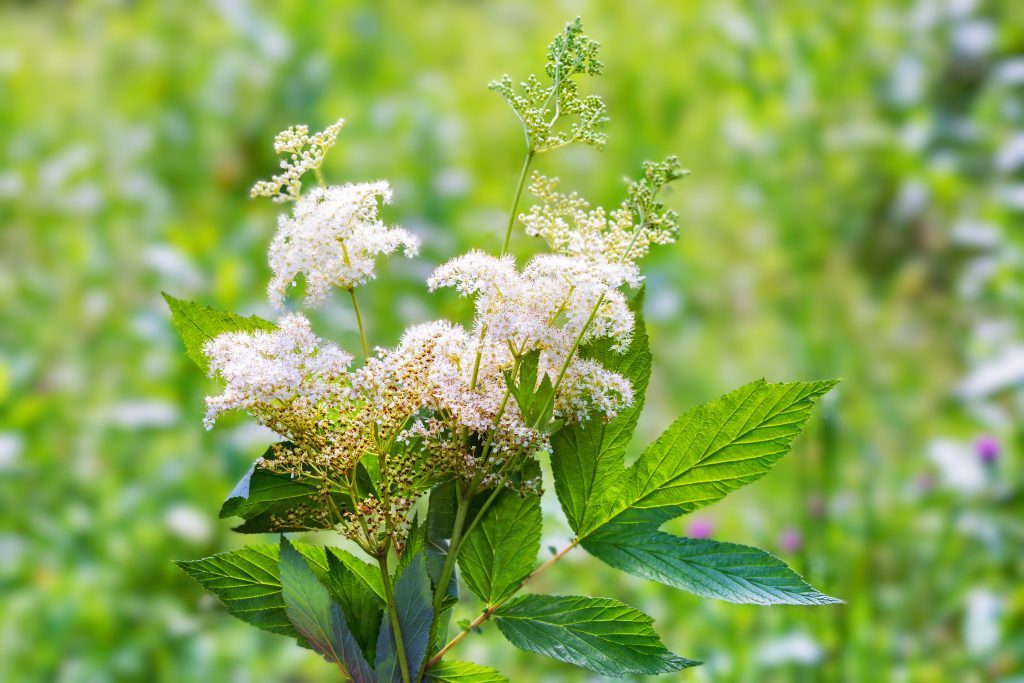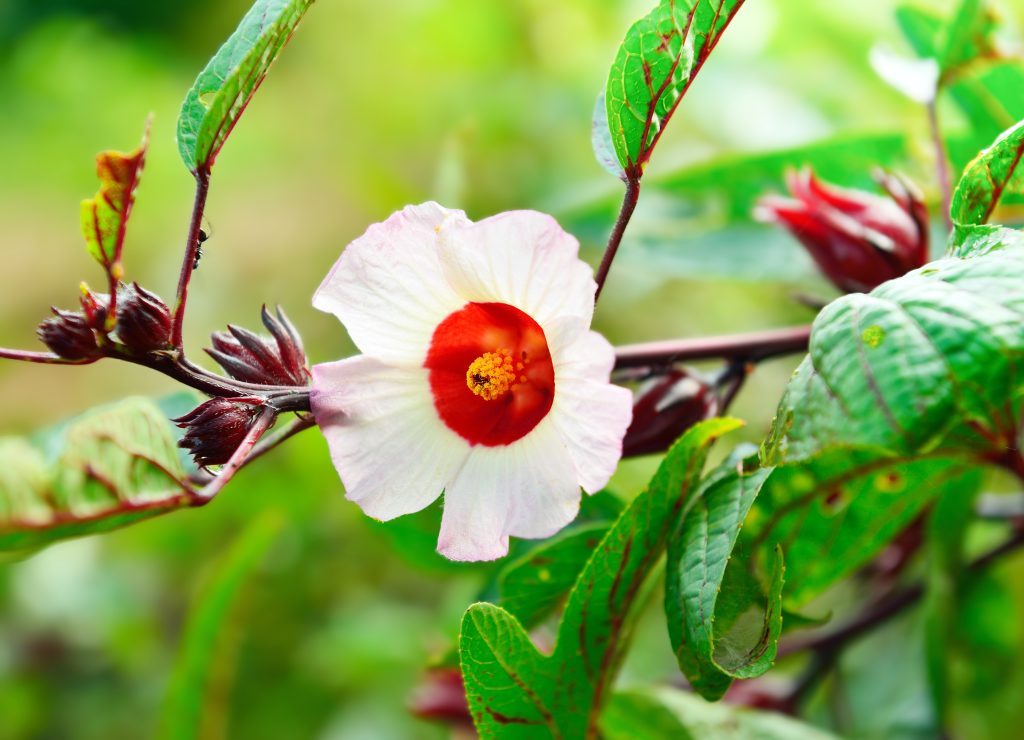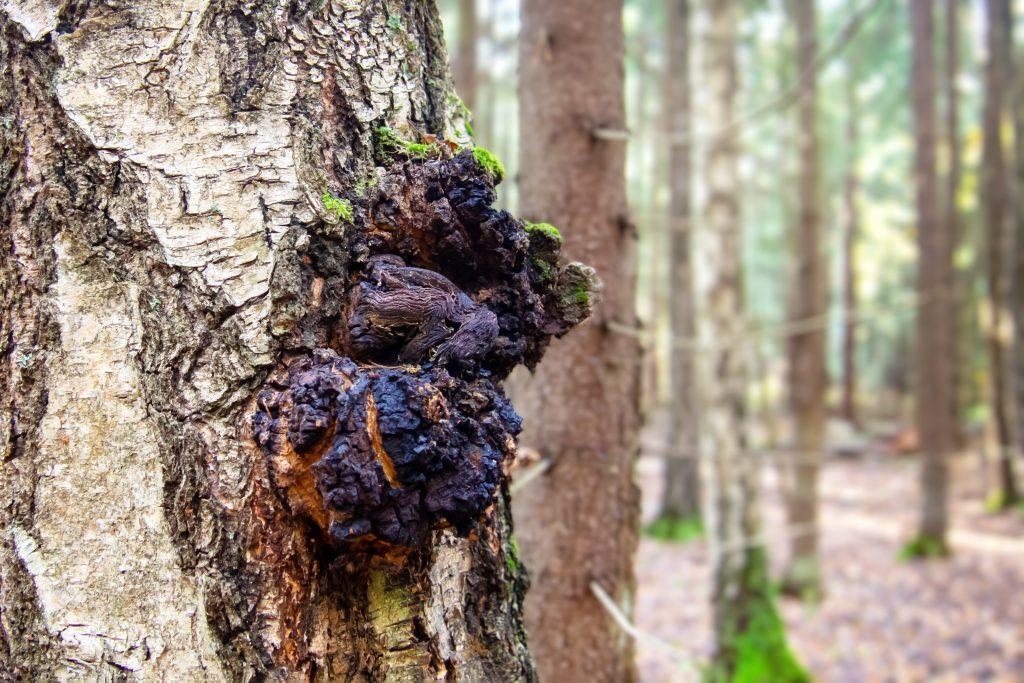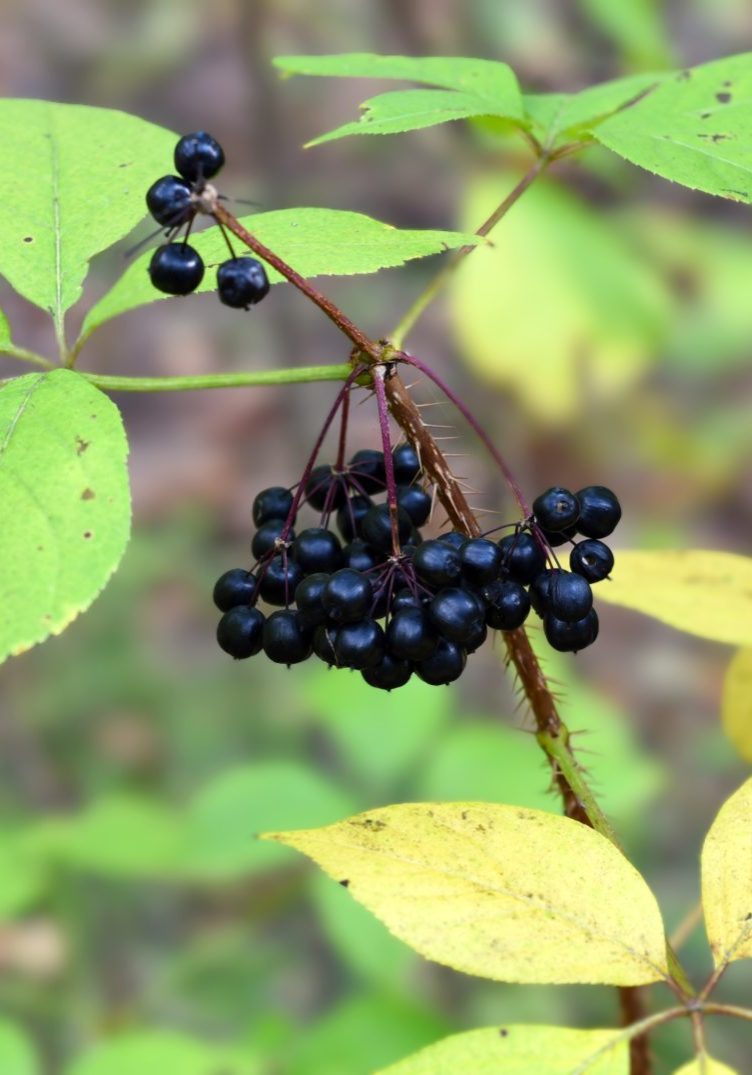
Eleuthero
Eleutherococcus senticosus
Araliaceae (Ginseng family)
Also known as Siberian Ginseng, is an adaptogenic herb used in traditional medicine.
Other names:
Siberian Ginseng, Devil’s Shrub, Touch-Me-Not, Wild Pepper
Superpower
An adaptogen, helping the body resist stress, improve physical endurance, and support immune function. It promotes resilience in the face of both mental and physical challenges, making it a popular herb for overall vitality.
Uses
Traditional Uses:
In traditional Chinese medicine (TCM), Eleuthero has been used for over 2,000 years to fortify Qi and support the Spleen and Kidney meridians. It was traditionally used to increase stamina, combat fatigue, and strengthen the immune system, especially during recovery from illness. In Russia, Eleuthero gained prominence during the Soviet era for its ability to enhance athletic performance, mental clarity, and stress resilience.
Current Uses:
Today, Eleuthero is widely used as an adaptogen, helping the body adapt to stress and improve endurance and energy. It is commonly used for:
- Increasing energy and stamina during periods of fatigue or physical exertion
- Supporting immune function, particularly in times of stress or recovery
- Balancing stress responses, promoting mental clarity and focus
- Enhancing athletic performance and aiding in post-exercise recovery
- Improving overall vitality and resilience to environmental stressors
Cautions
Toxicity:
Eleuthero is considered non-toxic when used appropriately. However, high doses can lead to insomnia, irritability, or restlessness, palpitations, hypertension and tachycardia, especially in sensitive individuals.
Contraindications:
- Pregnancy and Lactation: While Eleuthero is generally considered safe, its use during pregnancy and lactation is not well studied and should be approached with caution.
- Hypertension: Individuals with uncontrolled high blood pressure should use Eleuthero cautiously, as it may increase blood pressure in some cases.
- Best to avoid: in children and those that are nervous, tense, manic or overly energetic.
Interactions:
- Stimulants: Eleuthero may increase the stimulating effects of caffeine or other stimulants, leading to nervousness or jitters.
- Blood Pressure Medications: Use with caution alongside antihypertensive drugs, as Eleuthero may either increase or decrease blood pressure depending on the individual.
- Immunosuppressants: Eleuthero may interact with immunosuppressive medications due to its immune-boosting effects.
- Diabetics: should monitor blood glucose levels and adjust medication accordingly, due to the reported hypoglycemic effects in animals.
Known Chemical Constituents
Eleutherosides:
-
- Eleutheroside A (daucosterol)
- Eleutheroside B (syringin)
- Eleutheroside E
These compounds are responsible for Eleuthero’s adaptogenic properties, helping the body adapt to stress and enhancing immune function.
Polysaccharides:
-
- Inulin
- Eleutherans A through G
These polysaccharides contribute to immune modulation, supporting immune health and providing a steady source of energy to the body.
Triterpenoid Saponins:
-
- Ciqujianosides
These compounds have anti-inflammatory and immune-modulating effects, helping to support the body’s response to stress and inflammation.
- Ciqujianosides
Phytosterols:
-
- Beta-sitosterol
Known for its cholesterol-lowering properties, beta-sitosterol also plays a role in immune modulation and supports heart health.
- Beta-sitosterol
Lignans:
-
- Sesamin, Eleutheroside D
Provide antioxidant and anti-inflammatory benefits, helping to protect cells from oxidative stress.
- Sesamin, Eleutheroside D
Coumarins:
-
- Isofraxidin
Offers mild anticoagulant and anti-inflammatory properties, contributing to circulatory and respiratory health.
- Isofraxidin
Nutrients:
-
- Vitamin E
- Beta-carotene
- Copper (Cu)
These nutrients act as antioxidants, support immune health, and contribute to skin and tissue repair.
Botanical Description
Growth Habit:
Eleutherococcus senticosus is a woody shrub that can grow up to 2-3 meters (6-10 feet) tall. It is distinguished by its thorny stems, which give the plant its common name, “Devil’s Shrub.”
Leaves:
The leaves are palmately compound, consisting of five leaflets arranged like the fingers of a hand. The leaflets are ovate, with finely serrated edges, and are attached to the stems by long petioles.
Flowers:
Eleuthero produces small, inconspicuous yellow or violet flowers in clusters. The flowers bloom in late summer and are followed by round, black berries in the fall.
Roots:
The root is woody, brown, and fibrous, with a somewhat spongy texture when fresh. It contains the bulk of the plant’s medicinal compounds, making it the primary part used in herbal medicine.
Habitat:
Native to the forests of northeastern Asia, particularly in Siberia, northern China, Korea, and Japan, Eleuthero thrives in temperate climates, preferring forested and hilly areas with well-drained soils.
Fun Facts
Eleuthero is not a true ginseng but shares similar adaptogenic properties with Panax ginseng.
Parts Used
Root
Harvest
Roots:
The roots of Eleutherococcus senticosus are the primary part used for medicinal purposes, and they are best harvested in late autumn or early spring, when the plant’s energy is concentrated in the root system. Harvesting during these periods ensures that the roots are rich in active compounds like eleutherosides, which contribute to the herb’s adaptogenic properties.
- Late Fall Harvest: During fall, after the aerial parts (leaves and flowers) of the plant die back, the roots store higher concentrations of nutrients and medicinal compounds. This makes late fall the ideal time to collect the roots for maximum potency.
- Early Spring Harvest: Harvesting in early spring, before the plant begins to bud, also ensures that the roots retain their medicinal strength. The plant is still dormant during this time, allowing the root to carry concentrated active components.
Harvesting Method:
To harvest Eleuthero roots:
- Dig around the plant carefully with a spade or trowel, loosening the soil.
- Extract the root system without breaking or damaging the root fibers.
- Clean the roots thoroughly by rinsing (do not soak) them under water to remove soil.
- Roots can be dried in a well-ventilated area, or they can be processed fresh for use in tinctures, decoctions, or powdered supplements.
Sustainability Considerations:
Due to increasing demand, wild populations of Eleuthero can be at risk. Harvesting from cultivated sources is recommended to ensure the sustainability of this valuable adaptogen.
Preparations
Tincture: A tincture made from the root is commonly used to support energy, stress resistance, and immune function.
Capsules: Dried root in powdered form is taken for daily adaptogenic support and overall vitality.
Decoction: The root can be simmered in water to create a decoction, often used in times of fatigue or illness recovery.
Extract: Standardized extracts are used for concentrated adaptogenic effects.
Infusion: Less common but the leaves can be infused for mild adaptogenic benefits.
Sacred Rituals
In meditation or ritual practices, Eleuthero may help foster inner calm and mental clarity during times of stress.
Affirmations
“I embrace strength and resilience, adapting with grace to the challenges that come my way, while maintaining balance and clarity.”
Spiritual Associations
Eleuthero can be used to support the cultivation of inner strength, resilience, and endurance during difficult times.
Functions
A natural substance, often an herb or plant, that helps the body adapt to stress, balance internal systems, and enhance resilience. The term “adaptogen” was first coined by Soviet scientist Nikolai Lazarev in the 1940s to describe substances that could help the body cope with various forms of stress without causing harm.
AntioxidantA substance or agent that neutralizes free radicals, preventing oxidative damage to cells and tissues.
Athletic Performance BoostSubstances, practices, or agents that enhance physical endurance, strength, energy levels, and recovery for improved athletic ability.
ChemoprotectiveA substance or agent that helps protect healthy cells and tissues from the harmful effects of chemotherapy, radiation, or carcinogenic substances.
Energy & Fatigue
Refer to the state of physical and mental vitality versus exhaustion, often influenced by lifestyle, stress, and underlying health conditions.
HypertensiveA substance or condition that increases blood pressure, either through direct stimulation of the cardiovascular system or indirectly by other physiological effects.
Hypoglycemic agentA substance or intervention that lowers blood sugar levels, often used to manage conditions like diabetes or hyperglycemia.
Immune System SupportThe measures or substances that enhance or maintain the proper functioning of the immune system, helping the body defend against infections, pathogens, and diseases.
Immuno-modulatorA substance or agent that helps regulate and balance the immune system, either enhancing or suppressing immune activity as needed to maintain optimal immune function.
Immuno-stimulantAn immuno-stimulant is a substance that stimulates or enhances the activity of the immune system, increasing its ability to fight infections, pathogens, or other harmful invaders.
NeuroprotectiveA neuroprotective is a substance or intervention that protects the nervous system, particularly the brain and spinal cord, from damage caused by oxidative stress, inflammation, or neurotoxins.
StressStress is a physical, emotional, or mental response to external or internal pressures, often characterized by feelings of tension, overwhelm, or exhaustion, and can impact overall health if prolonged.

